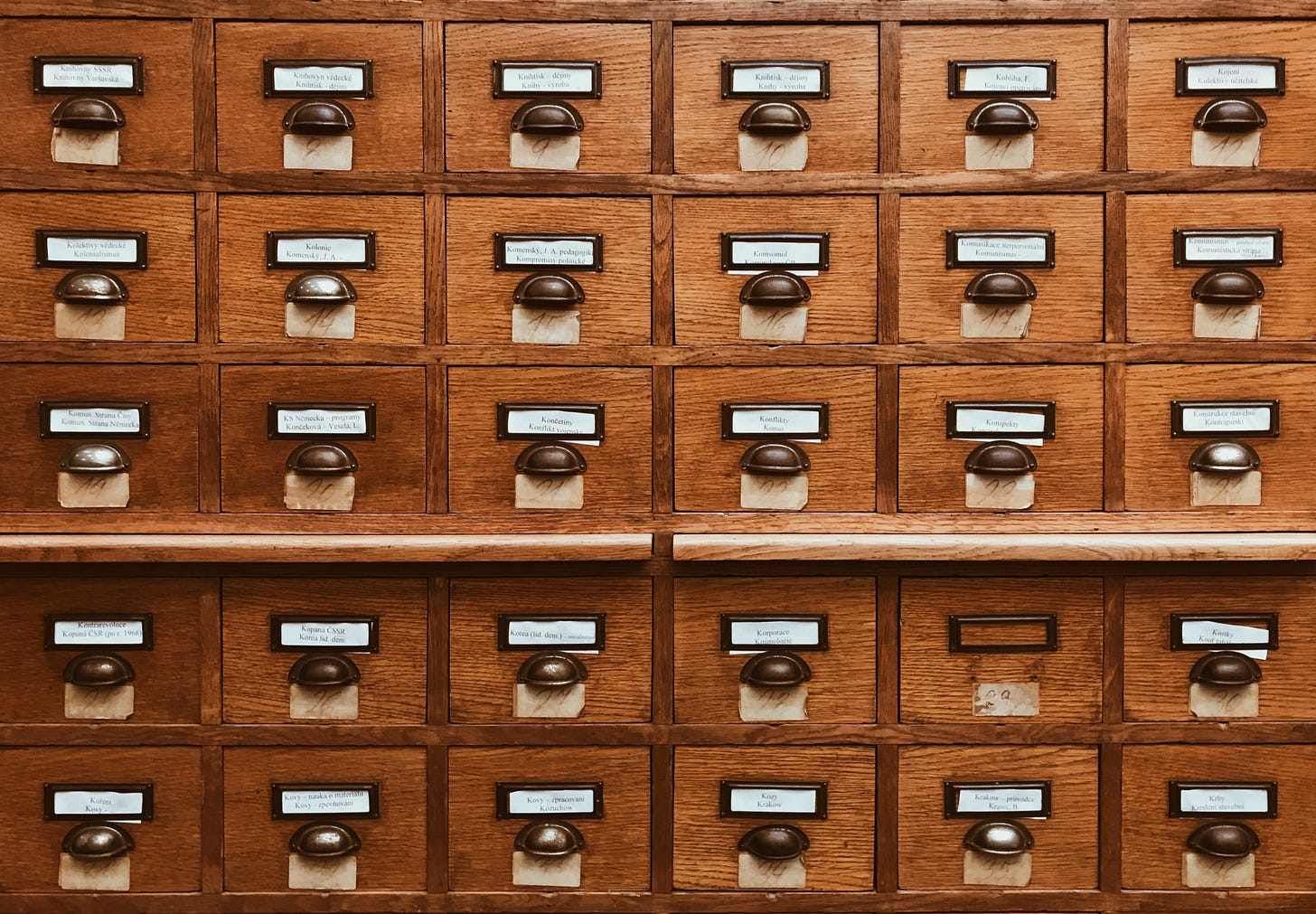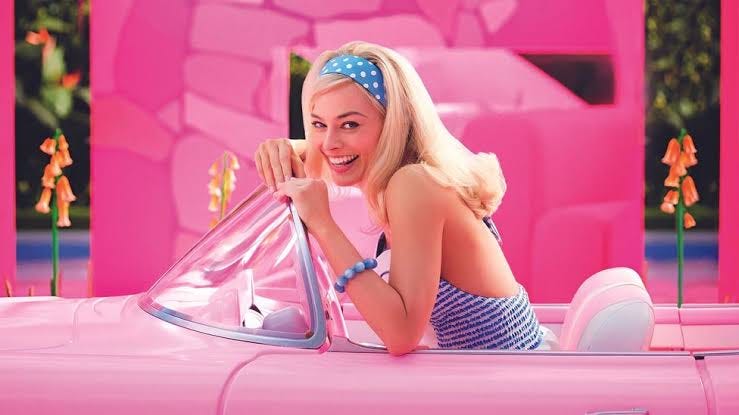When I first broached the subject of autism within my family, suggesting that many of us might share enough traits to be considered autistic, the idea was met with strong resistance. Describing these traits and providing formal resources to back my claims didn't help much either. How could capable and high-achieving people be in any way grouped with those who have visible struggles, who have a disability?
Surely, they responded, there must be another term to distinguish the unique way our brains work from those autistic people.
Many people have fixated on this question in the past, and many continue to do so.

Let's take a look back to the 1930s, during the early days of autism research – and I need to warn you, there's some disturbing info ahead. In Vienna, Hans Asperger studied children who displayed distinctive differences in communication, social interaction, and behaviour.1 Asperger's work was happening within the context of the Third Reich's obsession with categorising people. While Asperger himself wasn't a Nazi party member, he played a role in sorting children based on their perceived level of disability. In Asperger's assessment, children displaying autistic traits with average or above-average intelligence and no language delays were deemed valuable and worth protecting. On the other hand, for the children that Asperger deemed incapable of social conformity, he personally signed referrals to a clinic where it was known they would be killed.
Autism didn’t go on to be recognised as a developmental disorder until 1980. In 1994 the the official manual for the DSM-IV2 sought to categorise these communication, social interaction and behavioural differences into five distinct conditions. Shockingly, the horrifying history of Asperger’s work wasn't adequately explored when naming one of the milder presentations 'Asperger's syndrome.'3 These categories assumed each condition had a distinct genetic cause leading to specific problems and treatments. Over time, it became clear that such clear distinctions in genes and presentations didn't exist, and support approaches4 couldn't be systematised in this way. It was also apparent that these conditions were being diagnosed inconsistently, and they didn't account for the different ways these patterns might manifest at various life stages.
Even when the different categories, including Aspergers, were dropped from formal diagnostic use in 2013 in favour of the broader Autism Spectrum Disorder diagnosis, Hans Asperger was still known as a hero who defended autistic children from extermination by highlighting their special talents. However, when Edith Sheffer's book, Asperger's Children: The Origins of Autism in Nazi Vienna,5 was published in 2018, many autistic people saw a pattern of categorising people based on their ability to conform to social expectations under the name of a Nazi collaborator and wanted no part of it.
Yet, stereotypes about autism persist, fuelling the desire to fit people into categories that align with these stereotypes. How else will people know who to compare you to? Some who were diagnosed with Aspergers or have had more recent ASD diagnoses continue to cling to the Aspergers label, and this seems to be particularly those that are white, male and have access to resources. While they share patterns of communication, social interaction, and behavioural differences with those who have faced racism, economic hardship, gender discrimination, lack of support, or have learning difficulties, identifying as having Aspergers can be a way to bypass finding commonality with those who have different life experiences.
The same trend extends to the use of the "high-functioning" label, which is a vague description that serves little more than to indicate "Not like those other autistic people."6
While the Aspergers stereotype predominantly describes a certain type of white male,7 there are white women who have sought to develop a female Aspergers profile, a kind of Aspie Barbie stereotype8 that describes traits associated with autism but generally limited to those with specific intelligence, cultural and racial contexts, and socioeconomic statuses.
School children who have those patterns of communication, social and behavioural differences and are also recognised as having some exceptional talent in a particular area might have access to a “gifted and talented” program9 where their strength are celebrated in flexible, interest based learning approaches and social and emotional support from adults specialised in neurodivergence, while their non-gifted autistic peers in mainstream classrooms could benefit even more from this strengths-based support.
The desire to create clear categories is particularly understandable for autistic people. But this desire to create our own exclusive group to favour above others is prevalent right across our neurodiverse society. Finding the people we fit with who prop up our own worldview is the easy option. It doesn’t require us to step outside of ourselves and consider the experiences of others, listen to those with less societal power, acknowledge our own privilege or find common ground with those we might be biased against. Aspie-supremacy, the idea that these traits are special gifts that grant superiority, can be a very tempting concept for those who have experienced social exclusion or felt misunderstood.10
And the thing is, I get it. In much of my life, I’ve swung between feeling like I was failing at being the right kind of human and arrogance that I was the only one who wasn't blinded by social norms and assumptions. I’ve sat through a neurodiversity awareness seminar where “people with autistm” were describe as often rude, naive, lacking a sense of humour and obsessively interested in things like trains.11 I just read a disturbing article about a woman suing a sperm donor clinic because both of her sons are “tragically afflicted with autism.”12 It’s distressing to know that these could be the images conjured in many people's minds if I were to identify myself as autistic. And the Aspie Barbie stereotype does fit quite comfortably.13 But much like Stereotypical Barbie in the movie, who believed she was improving the world by showing people what they could be but instead perpetuated a harmfully limiting image of what a woman "should" be, we risk reinforcing stereotypes when we cling to narrow labels. And adding a few more types of Barbie doesn’t change that.
But when we look beyond the walls we construct around the people we think of as most like us,14 we see shared experiences that could so easily be missed. I’ve never had a meltdown in a supermarket like the distraught child in the aisle, but I do sometimes feel overwhelmed and exhausted and just want to go home, so their distress makes sense. I can generally keep up with small talk, but I know just how many well-practiced strategies I use and how much effort it takes, so I can understand why those who struggles more would opt out of those situations. When someone gives an explanation with immense detail and I see others rolling their eyes, I can understand the desire to ensure clear communication and that nothing is missed. I might be able to conform to social expectations for the most part, but recognising shared underlying experiences with people across the autism spectrum helps me to be more compassionate and understanding.
There’s a tremendous advantage in having a broad diagnosis that describes differences in communication, social interaction, and behavioural patterns. This ASD diagnosis helps people begin to better understand themselves or their autistic loved ones, and access any supports they need. But it doesn’t provide a complete picture of any individual, their challenges and their capabilities, or whether they actually experience those differences as a disability.15 As the saying goes, "If you know one autistic person, you know one autistic person." We would all do better to stop seeking to stereotype and categorise, and instead use the autism label as a reminder that the human population is neurodiverse, with many differences and commonalities within the vast range of ways we process the world.
A bit more about this disturbing history (and some thoughts on what to do with the name) from British clinical psychologist Simon Baron-Cohen in this 2018 piece.
The American Psychiatric Association Diagnostic and Statistical Manual of Mental Disorders. From what I can figure, the DSM-5 (we’re now up to the fifth edition) appears to be the primary diagnostic tool of most Aotearoa/NZ clinicians. Here’s an article about how autism as a diagnosis has evolved.
I just want to note that in Aotearoa I’ve only ever heard people pronounce Aspergers to rhyme with “surges”, when everyone else seems to be correctly pronouncing it to sound more like “hamburgers”.
Though back then the focus was still less on supporting Autistic people with the parts of life they find challenging, and more with “treatment and intervention” to try to ensue their behaviour conformed as closely as possible to social expectations.
This interview Edith Sheffer about how she came to be researching Hans Asperger and consequently writing the book is really interesting.
What does it actually mean to function highly, other than to behave around others in a way that isn’t obviously different enough to cause them discomfort or inconvenience?
Read: Elon Musk, or Sheldon Cooper on The Big Bang Theory.
Ok, Aspie Barbie is just the cynical name I’m using - Australian psychologist Tania Marshall used ‘Aspienwomen’ to describe the list of traits she compiled in 2018.
The ‘Gifted and Talented’ program in the city I live in seems to rely on parents identifying and enrolling their own gifted children at significant fee, so we can assume the demographic of most of the kids who actually have access to this neurodivergent learner support.
There’s a pipeline straight from Aspie supremacy into the far-right - see (again) Elon Musk, Incels and Aspienwomen Tania Marshall’s unhinged twitter feed and transphobic rants.
Perhaps knowing this, I shouldn’t be so upset that when I’d earlier told the facilitator (a close colleague and disability support coordinator) that I might be autistic he’d scoffed and said ,“No you’re not.”
This American story, reported internationally is just a disturbing reminder (to those of us who spend most of our time in neurodiversity-affirming spaces) of attitudes and assumptions about autism that remain prevalent.
One of the traits on that Aspienwomen list was “may have strong intuitive and/or psychic abilities.” Admittedly I don’t hate the thought that I might be psychic!
Perhaps this kind of cognitive empathy is ablest of me to expect, knowing this isn’t intuitive for many of us but instead may require very intentional and practiced reasoning.
ASD is considered a disability in Aotearoa in that it is included within the scope of disabilities for which the government provides funding to support. There’s a much wider context to discussions about impairments and disability that is worth understanding, but from my understanding: if you are autistic and don’t experience these differences as disabilities within your current social environment and therefore don’t need any specific support, there’s no need to consider yourself disabled.



Very good! I especially like the reference to aspie superiority which I claim (as a woman) and hope I'm not starting to lean rightward.
I have really enjoyed reading this. You are an amazing writer and thinker.